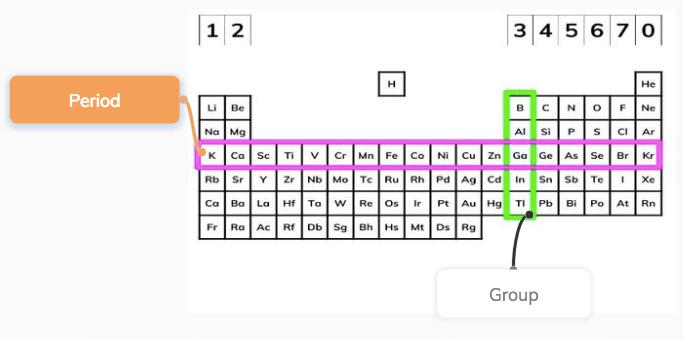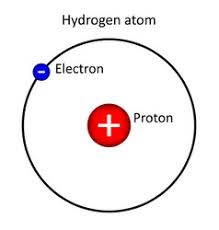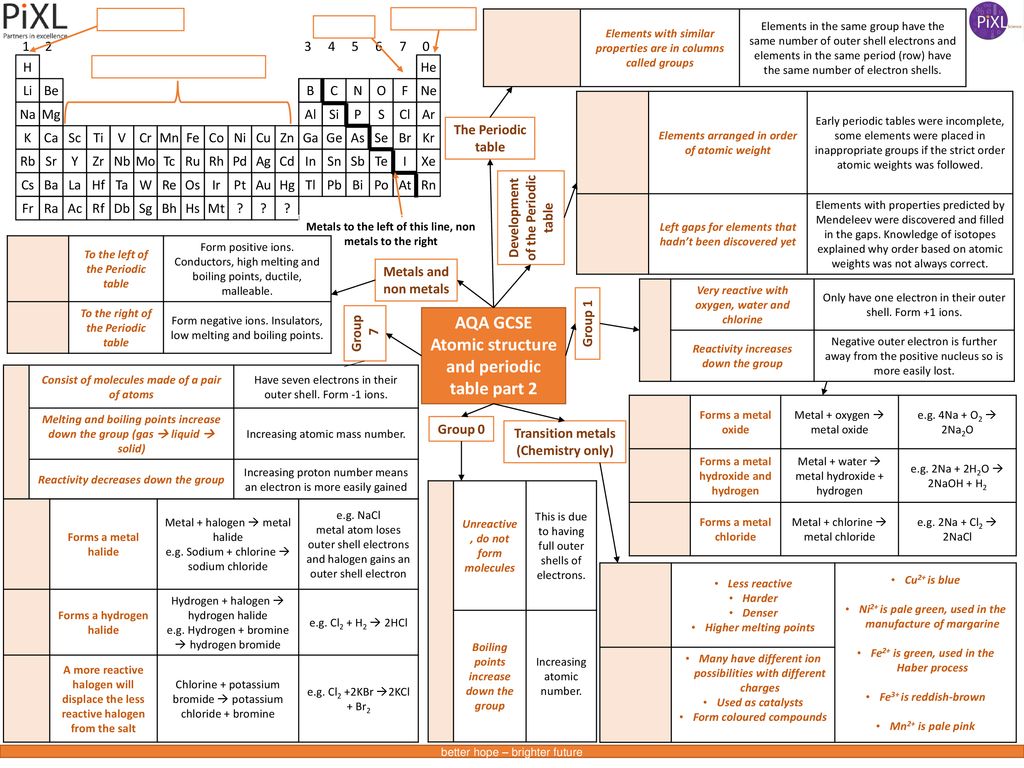History Of The Periodic Table Gcse
By arranging them in order of their.

History of the periodic table gcse. In 1869 he arranged the 50 or so known elements in order of atomic mass putting elements with similar properties in the same vertical group and leaving gaps for unknown elements yet to be discovered. Before discovering protons neutrons and electrons scientists tried to classify the elements. In the modern periodic table elements are in order of atomic number in periods and groups. Electronic structure of metals and non metals notice that the metals are further to the left of the periodic table whereas non metals are further to the right.
Mendeleev made an early periodic table. He arranged the elements in order of their atomic mass and stated that every eighth element has similar chemical and physical propertieshes right at first. Mendeleevs periodic table early attempts to classify elements. The history of the periodic table new 2016 gcse chemistry this is a lesson resource pack for the lesson of the new aqa c1 about periodic table history eg mendeleev and newlands contributions to the table and how it relates to the table we know today.
Part of newlands table an english scientist called john newlands put forward his law of octaves in 1864. When the unknown elements were later discovered they were found to have the properties predicted by mendeleevs table. He arranged all the elements known at the time into a table in order of relative atomic mass. The next person to have a crack at organising the elements was john newlands.
On the periodic table above all of the atoms in yellow orange and light blue are metals the rest are non metals.






